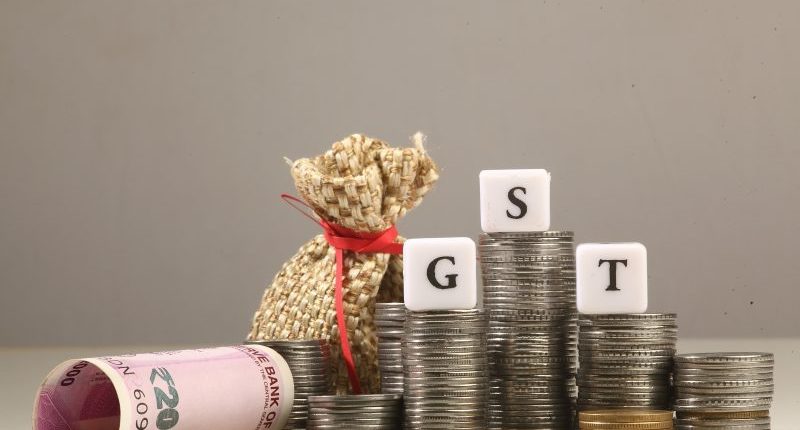Henceforth, the taxpayers will be alerted for any variances in their GSTR-3B data as the tiles turn red on their return filing dashboard. The variances will be computed by comparing the auto-populated GSTR-3B data with the data entered by the taxpayer.
The variances can be on account of sales figures and Input Tax Credit (ITC) information. The taxpayers must not ignore the warnings and should fix these differences before proceeding to file the GSTR-3B.
From November 2020 onwards, GSTR-3B data will be auto-populated with the sales details reported in GSTR-1 filed earlier. Furthermore, the GSTN automatically populates ITC information from the taxpayers’ GSTR-2B generated for the month. Suppose the taxpayer keys in a value for ITC in Table 4 of GSTR-3B which is more than 10% of the ITC appearing in GSTR-2B of that month; then the tile turns red signalling the taxpayer to correct the differences.
Henceforth, taxpayers must note that the GST portal shall be monitoring the claims of 10% provisional ITC every month. Hence, there exists no scope for any deviations or evasion by taxpayers. Rule 36(4) of the CGST Rules allow a provisional credit claim of only up to 10% of the ITC made available in GSTR-2B of the taxpayer.
Also Read: MSME Sector on Upswing as Reports show Rise in Procurement and Payment
The GSTR-3B will be auto-populated for tables 3.1 under (a), (b), (c) and (e) from the GSTR-1 for the month. Similarly, summary details for table 3.1 (d) and table 4 shall be fetched from GSTR-2B for the month.
Until December 2020, many taxpayers might be inconvenienced while claiming the ITC since their suppliers’ quarterly GSTR-1 would not have been filed. From January 2021 onwards, this issue will be resolved with the Quarterly Returns Monthly Payment (QRMP) scheme and the Invoice Furnishing facility (IFF) being launched.
The GSTN has also enabled a new window for the taxpayers after logging into the GST portal. It facilitates taxpayers to communicate with their respective recipients and suppliers after logging into the GST portal. The facility can be found under the ‘User Services’ option under the name ‘Communication between Taxpayers’.
With this initiative, taxpayers can communicate with each other via the GST portal enabling transparency in the system and avoid complications. The window looks similar to a conventional mailbox with an option to download the records in the format of comma-separated values.
It enables an easy invoice-level tracking system in place for the benefit of both the supplier and the recipient. It will, in turn, help them have an end-to-end matching and reconciliation system up and running.
For any clarifications/feedback on the topic, please contact the writer at annapoorna.m@cleartax.in
Annapoorna, popularly known as Anna, is an aspiring Chartered Accountant with a flair for GST. She spends most of her day Singing hymns to the tune of jee-es-tee! Well, not most of her day, just now and then.




